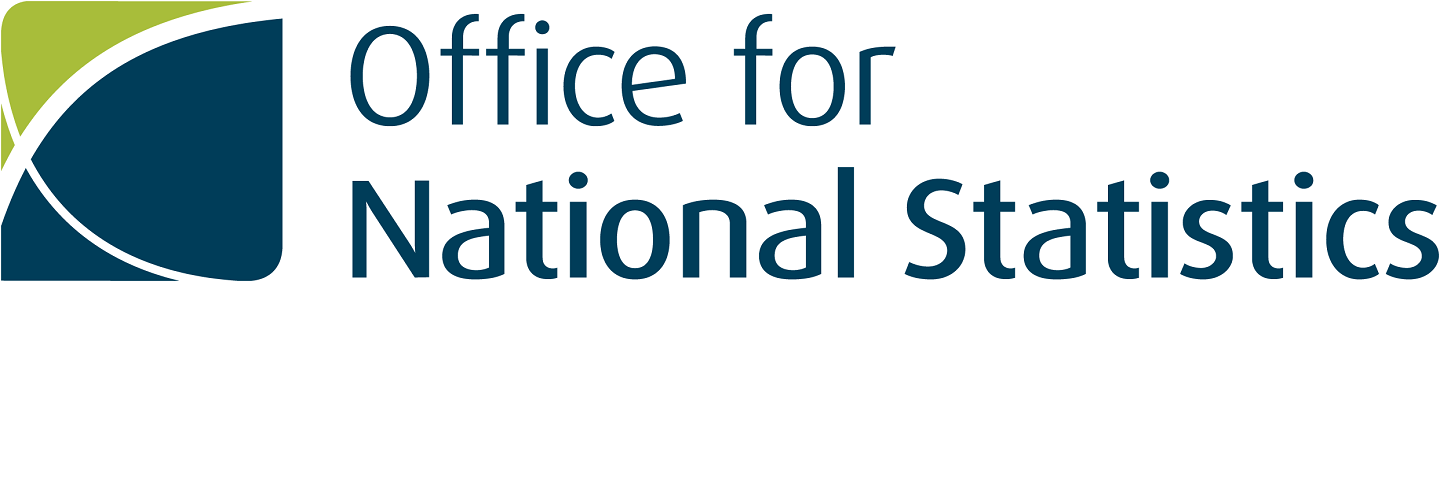UK GDP, June & 2nd Quarter 2023: The other major announcement from the ONS this morning were the GDP figures for June giving us the 2nd quarter figures. We will concentrate on the quarterly figures but it is worth noting strong growth of +0.5% in June which is the fastest monthly rate since last October; as in that month, the figure is inflated partly by the recovery from the extra Bank Holiday in the previous month. The strongest element in the monthly growth figure was the increase in manufacturing output that we report above. Using the monthly trend (which takes February 2020 as the pre-pandemic point), the UK economy was +0.8% larger than before Covid.
Turning to the quarterly figures, despite the fall in GDP in May, the UK economy grew by +0.2% in the 2nd period of 2023 and is +0.4% larger than a year ago; however, it is still -0.2% smaller than before the pandemic – for the quarterly series, the base point is the 4th quarter of 2019, hence the different result from the monthly series.
With manufacturing again providing the largest boost to GDP growth in this quarter, the service sector only registered quarter-on-quarter growth of +0.1% and is +0.5% above the level of a year ago (Q2-22); there was a mixed picture with growth in nine of the sub-groups almost off-set by a contraction in the other five. The largest positive impact came from the information & communication and accommodation & food services sub-sectors with the balancing reductions being led by professional, scientific & technical activities.
The construction sector saw output grow by +0.3% in the 2nd quarter, leaving it +2.6% larger than a year earlier. This was generated by repair & maintenance activity which grew by +0.9%, off-set partly by a -0.1% fall in new work.
There are more details in the ONS Statistical Bulletins which can be downloaded from their website at https://www.ons.gov.uk/releasecalendar (11 August) or on request from MTA.
—————————————-
UK Investment, 2nd Quarter 2023: The quarterly GDP figures also bring the provisional data for investment and here the news is less positive although not unexpected. Despite total business investment increasing by +3.4% compared to the previous quarter, spending on “ICT & Other Equipment” (ICT&OE) fell by -9.8%.
This type of asset was covered by the super-deduction scheme which closed at the end of the 1st quarter so, despite its partial replacement with full capital expensing (which will take time to feed through into the expenditure data), there was an inevitable fall in spending, not least because some of this had been brought forward to take advantage of the extra tax allowance.
The quarterly figures were also affected by an increase in investment in air transport with an increase in imports of aircraft from the USA in April driving the overall business investment total up despite the fall in spending on ICT&OE.
Looking back to a year ago, total business investment in the 2nd quarter increased by +6.7% while spending on ICT&OE grew by +1.5%. The other way to give the longer-term perspective is to look at rolling 4-quarter totals – effectively, an annualized rate. On this measure, total business investment grew by +7.8% while spending on ICT&OE rose by +6.0% – the latter still reflects the positive impact of the super-deduction scheme despite only applying to three of the four quarters of the “latest year”.
This data release also includes some notes from a separate survey that looked at the use and impact of the super-deduction scheme. This shows that almost one-third of manufacturing businesses used the super-deduction scheme and while not broken down by industry, it suggests that a majority of companies increased their investment spending by up to 30%. Inevitably, some of this was brought forward from the current year and while 38% said that this was less than 10% of the total, 15% said that more than 90% of their spending under the scheme was brought forward to qualify for the extra allowance. There are more details in the ONS Statistical Bulletin and associated tables which can be downloaded from their website at https://www.ons.gov.uk/releasecalendar (11 August) or on request from MTA.

